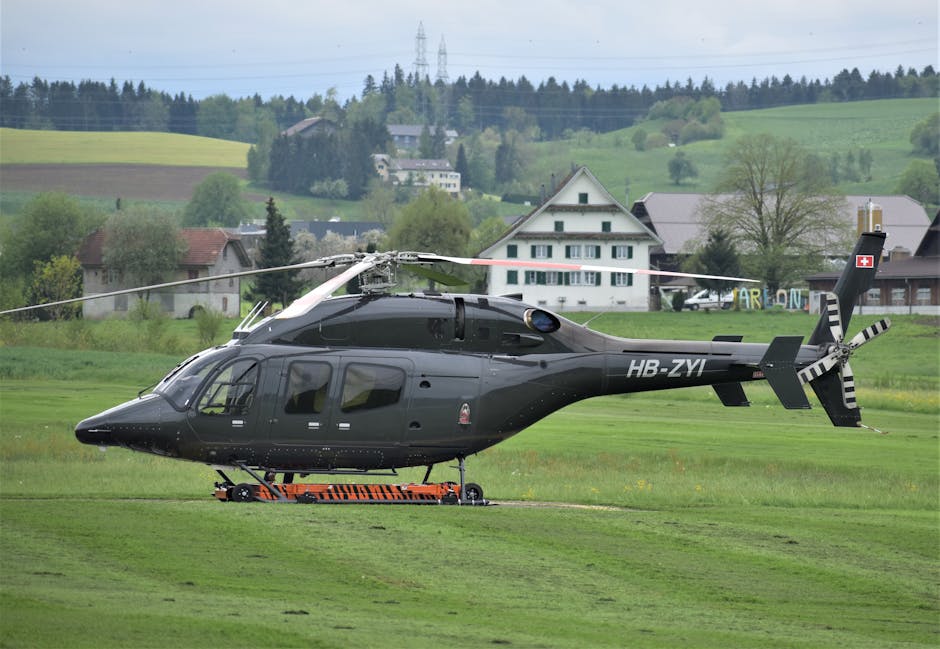Birdwatching Doi Inthanon: Unveiling Thailand's Avian Paradise - A Personal Journey

Birdwatching Doi Inthanon: Unveiling Thailand's Avian Paradise - A Personal Journey
Alright, let's talk birds! More specifically, let's talk about birds in one of the most incredible places on Earth for seeing them: Doi Inthanon National Park in Thailand. If you're even remotely interested in birdwatching, or just love being surrounded by breathtaking nature, then trust me, Doi Inthanon needs to be on your radar. I'm going to share my personal experiences and insights to help you plan your own unforgettable trip.
Why Doi Inthanon is a Birdwatcher's Dream

So, what makes Doi Inthanon so special for bird lovers? Well, it boils down to a few key factors:
Altitude and Habitat Diversity: Doi Inthanon is Thailand's highest peak, reaching an elevation of 2,565 meters (8,415 feet). This significant elevation change creates a remarkable range of habitats, from lowland evergreen forests to cloud forests clinging to the summit. This means you get a staggering diversity of bird species adapted to different environments, all within a relatively compact area.
Migratory Route: Doi Inthanon lies on a major migratory route for birds traveling between Southeast Asia and the Himalayas. This means that during the migration seasons (generally October to April), you have the chance to see even more species that are just passing through.
Accessibility: Unlike some remote birding locations, Doi Inthanon is relatively easy to access. Well-maintained roads wind up the mountain, making it possible to reach various birding hotspots. While some areas require hiking, there are plenty of rewarding spots accessible directly from the road.
Established Infrastructure: The national park has visitor centers, restaurants, and accommodations, making it easier to plan a comfortable and enjoyable trip. Local guides are also readily available and can significantly enhance your birdwatching experience.
My First Doi Inthanon Adventure: A Birding Awakening

I remember my first trip to Doi Inthanon vividly. I was a relatively novice birdwatcher at the time, armed with a pair of binoculars, a field guide that I barely understood, and a burning desire to see some cool birds. What I experienced completely blew me away.
It started early, before dawn, as most good birding adventures do. The air was crisp and cool, and the forest was just starting to wake up. As the first rays of light filtered through the trees, the dawn chorus began – a symphony of chirps, tweets, whistles, and trills that sent shivers down my spine. It was a cacophony of life!
That first day, I spotted more new bird species than I had in my entire life! There was the brilliant green of a Green-tailed Sunbird flitting among the flowers, the iridescent blue of a Verditer Flycatcher perched on a branch, and the distinctive call of a White-browed Laughingthrush echoing through the forest. It was pure magic.
Essential Gear and Preparation for Birding Doi Inthanon

Okay, so you're convinced, right? You want to experience the birding paradise that is Doi Inthanon. Here's a breakdown of what you need to pack and prepare:
- Binoculars: This is the single most important piece of gear. Invest in a good pair with decent magnification (8x or 10x is a good starting point) and a wide field of view.
- Field Guide: A comprehensive field guide to the birds of Thailand is essential for identifying the species you encounter. I recommend "A Field Guide to the Birds of Thailand" by Craig Robson.
- Notebook and Pen: Jotting down notes about your sightings – date, time, location, behavior, and any distinctive features – is invaluable for later identification and helps you keep track of your progress.
- Comfortable Hiking Boots: You'll likely be doing a fair amount of walking, so comfortable and supportive hiking boots are a must.
- Appropriate Clothing: The weather on Doi Inthanon can be unpredictable. Dress in layers so you can adjust to changing temperatures. Bring a waterproof jacket, even if the forecast looks clear. Long pants and sleeves are also a good idea to protect against insects and thorny plants.
- Insect Repellent: Mosquitoes and other biting insects can be a nuisance, especially in the lower elevations. Pack a good insect repellent.
- Sunscreen and Hat: Even on cloudy days, the sun can be strong at high altitudes. Protect your skin with sunscreen and a hat.
- Water and Snacks: Staying hydrated and energized is important, especially if you're planning on doing some serious hiking.
- Camera (Optional): If you're interested in capturing photos of the birds you see, bring a camera with a good zoom lens. Be aware that bird photography can be challenging, and patience is key.
Beyond the gear, it's also wise to do some research beforehand. Familiarize yourself with the common bird species of Doi Inthanon and the best birding locations within the park. Learning some basic bird calls can also be incredibly helpful.
My Favorite Birding Hotspots in Doi Inthanon

Over the years, I've explored many corners of Doi Inthanon, and I've developed a few favorite spots that consistently deliver amazing birding experiences. Here are a few of my top recommendations:
- Summit Area: The summit area, with its unique cloud forest environment, is home to several sought-after species, including the Green-tailed Sunbird, White-browed Shortwing, and Ashy-throated Warbler. The Ang Ka Nature Trail, a boardwalk through the cloud forest, is a great place to explore this area.
- KM 34 Checkpoint Area: This area, located around the KM 34 checkpoint, is known for its excellent birding opportunities along the roadside and in the surrounding forest. Look out for species like the Rufous-backed Sibia, Grey-cheeked Fulvetta, and various types of Warblers. The trail near the Royal Agricultural Station Inthanon is also worth exploring.
- Mae Pan Waterfall Trail: While the waterfall itself is beautiful, the trail leading to it is also a fantastic place to spot birds. The dense forest along the trail is home to species like the Silver-eared Mesia, Blue-winged Minla, and various types of Flycatchers. Be prepared for a bit of a hike!
- Siriphum Waterfall Area: This lower-elevation area is a good place to look for species that prefer warmer climates, such as the Asian Emerald Cuckoo, Orange-breasted Trogon, and various types of Bulbuls.
- Along the Main Road: Don't underestimate the birding potential along the main road that winds up Doi Inthanon. Pull over at viewpoints and quiet spots to scan the forest edge. You never know what you might see!
Tips for a Successful Birding Trip

To make the most of your birdwatching adventure in Doi Inthanon, here are a few extra tips:
Go Early: Birds are generally most active in the early morning, so get an early start to maximize your chances of seeing a wide variety of species. The dawn chorus is an experience you won't want to miss.
Be Patient: Birdwatching requires patience. Don't expect to see everything on your wishlist on your first day. Take your time, observe your surroundings carefully, and be prepared to wait for birds to come into view.
Listen Carefully: Learning to identify birds by their calls is a valuable skill. Practice listening to bird songs and calls before your trip, and use your ears to help you locate birds in the field.
Respect the Environment: Stay on marked trails, avoid disturbing vegetation, and pack out all your trash. Remember, you're a guest in this incredible ecosystem.
Hire a Local Guide: Hiring a local birding guide can be a game-changer. These guides have extensive knowledge of the local birdlife and know exactly where to find the species you're hoping to see. They can also help you identify birds and provide valuable insights into their behavior and ecology.
Consider the Season: The best time for birdwatching in Doi Inthanon is generally during the cool, dry season (November to February). However, each season offers different opportunities. The migration seasons (October-November and March-April) can be particularly exciting.
Leave No Trace: This is extremely important. Pack out everything you pack in. Don't disturb the plants or wildlife. Let's keep Doi Inthanon beautiful for future generations of birdwatchers.
Beyond the Birds: Embracing the Beauty of Doi Inthanon

While the birds are undoubtedly the main draw for birdwatchers, Doi Inthanon has so much more to offer. Take some time to appreciate the stunning scenery, including the cascading waterfalls, lush forests, and panoramic views from the summit. Explore the local villages and learn about the culture of the indigenous hill tribes who call this area home.
The cooler climate of Doi Inthanon also makes it a perfect place to escape the heat of the lowlands. Enjoy the fresh air, the peace and quiet, and the chance to reconnect with nature. It's a truly rejuvenating experience.
Accommodations and Logistics

There are several accommodation options within Doi Inthanon National Park, ranging from basic bungalows to more comfortable guesthouses. Booking in advance is highly recommended, especially during peak season. You can also find a wider range of hotels and resorts in nearby towns like Chom Thong and Mae Chaem.
To get to Doi Inthanon, you can either rent a car or hire a private driver from Chiang Mai. Public transportation is also available, but it can be less convenient and time-consuming. Once you're inside the park, you'll need a vehicle to get around to the different birding locations.
My Parting Thoughts: Go Experience the Wonder

Birdwatching in Doi Inthanon is more than just ticking off species on a list. It's about immersing yourself in the beauty of nature, connecting with the local environment, and experiencing the wonder of avian diversity. It's about slowing down, breathing deeply, and appreciating the intricate tapestry of life that surrounds you.
I hope this article has inspired you to plan your own birding adventure to Doi Inthanon. Trust me, it's an experience you won't soon forget. So, grab your binoculars, pack your bags, and get ready to be amazed by the avian paradise that awaits you in Thailand's highest peak. Happy birding!
Post a Comment